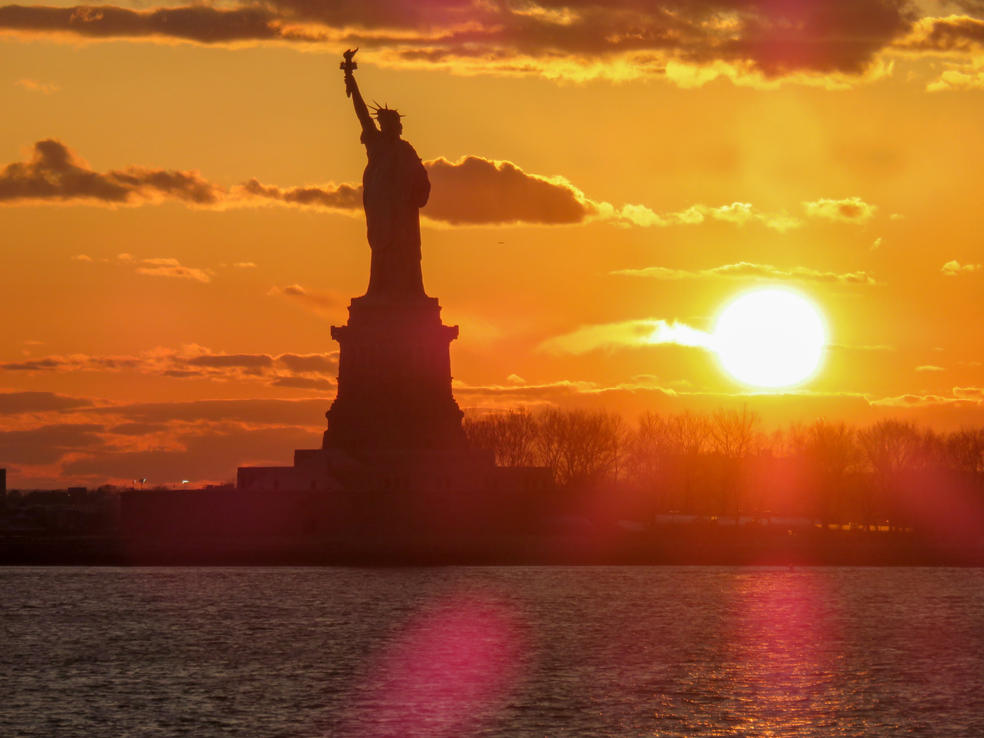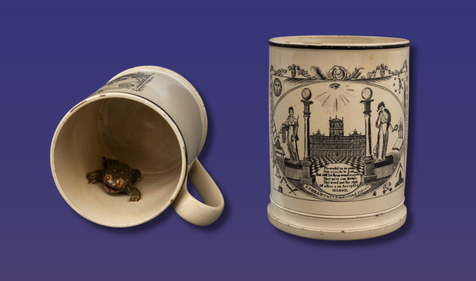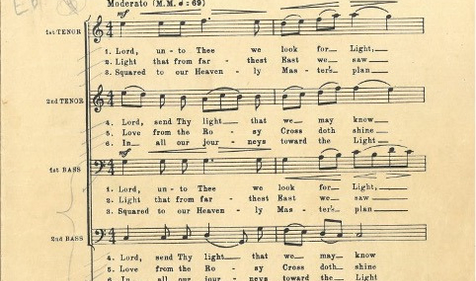The Statue of Liberty is an American landmark visited by approximately 3.5 million people every year and is recognized internationally as a symbol of American ideals. But what is the story behind Lady Liberty and her Masonic legacy?
The Statue of Liberty is an American landmark visited by approximately 3.5 million people every year and is recognized internationally as a symbol of American ideals. But what is the story behind Lady Liberty and her Masonic legacy?
Many of us had learned an abbreviated tale of the 305 feet-tall copper statue in primary school; France had gifted the Statue of Liberty to the United States as a gift to commemorate their successful alliance during the American Revolution and the larger-than-life figure was placed by Ellis Island in New York to welcome newcomers to the land of freedom.
What they failed to teach in school, however, is the Statue of Liberty’s Masonic origin and ties to Freemasonry. In fact, the colossus in New York’s harbor was conceived, financed, built, and installed by Freemasons!
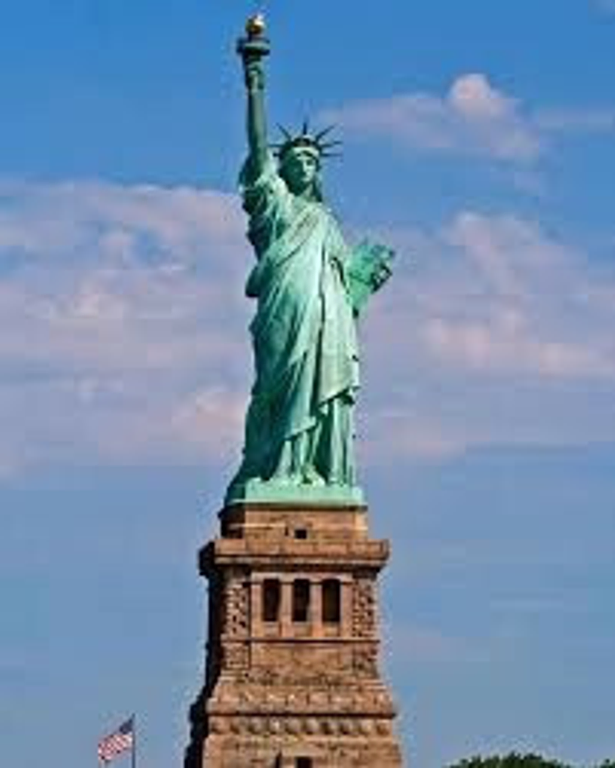
Lady Liberty’s Masonic Origins Begin in France
Nearly 100 years after the end of the American Revolution in 1865, French political thinker and Brother Edouard de Laboulaye, who belonged to Lodge Alsace Lorraine in Paris, proposed to France that the country gift a monument to the United States in commemoration of their diplomatic relations and to celebrate a century of freedom and democracy. Additionally, Brother Laboulaye and his comrades, which included the likes of Oscar and Edmond de Lafayette, grandsons of Marquis d’ LaFayette, Henri Martin, and a sculptor and Freemason Frederic Auguste Bartholdi, had hoped that the gift would inspire their own French citizens to pursue democracy in France. At the time, France’s population was still split between those who supported the monarchy and those who supported enlightenment ideals.
The idea lay dormant during the oppressive regime that took place in France during the Franco-Prussian War. With the war’s ending in 1871, Brother Laboulaye commissioned Brother Bartholdi to sculpt the gift, having already recently been commissioned to make a bust of Laboulaye.

Bartholdi sailed to America in 1871 to make arrangements for the presentation of the monument on July 4, 1876, the centenary of the Declaration of Independence. Upon approaching America, it is said he had a vision of a goddess holding a torch in one hand, welcoming visitors to the land of freedom and opportunity. This vision would become the first sketch of the Statue of Liberty. During the 19th century, the idea of “liberty” was controversial, often associated with violence and revolution. Batholdi wanted to portray a different image of liberty; instead of the monument leading an uprising, it shall instead light the way to freedom peacefully and lawfully. And so the name, “Liberty Enlightening the World,” was bestowed upon the yet-to-be-made statue.
Building the Statue of Liberty with the Help of Freemasons
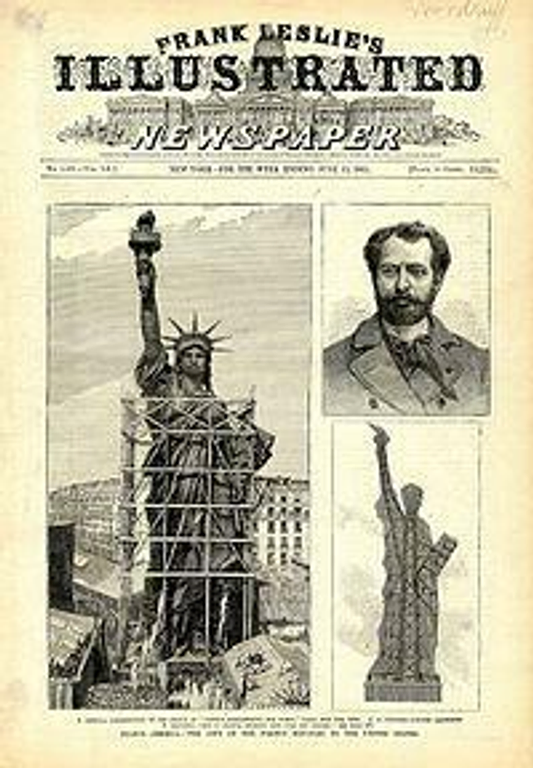
With the idea of the monument proposed and accepted, the grueling work of fundraising for the project began. When Bartholdi returned to France, he managed to raise, with the help of the Franco-American Union (of which many members were Freemasons), the sum of 3,500,000 French francs. However, securing this sum of money took a great deal of time - and there was more to be raised. It became clear that they would not meet their original deadline of July 4, 1876, and began working around the clock to secure funds and construct the monument. In fact, the project was funded to completion thanks to the help of Joseph Pulitzer, the owner and editor of the New York World (who would later have the prestigious literary award named in his honor,) who raised over $100,000 ($2.3 million in today’s currency.)
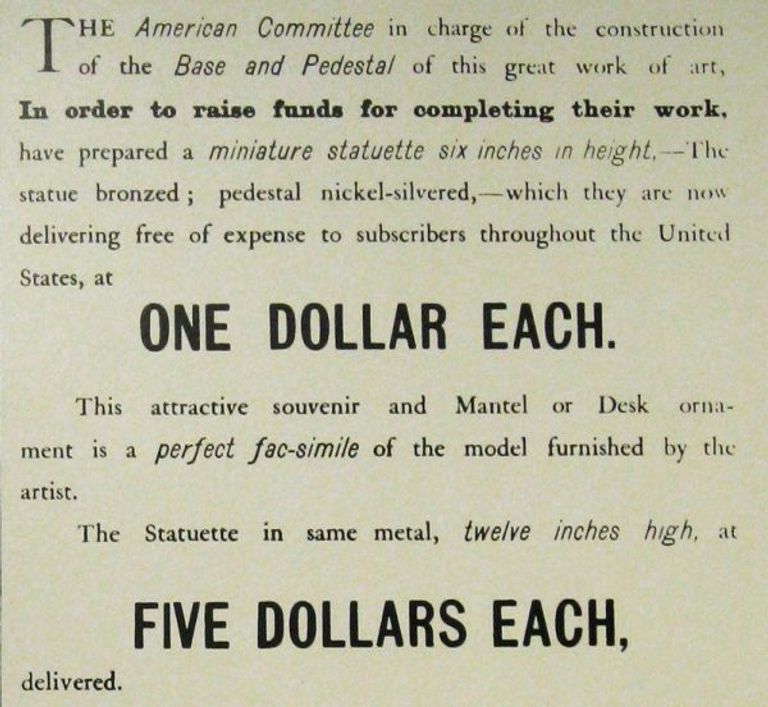
The structural framework was provided by fellow Freemason and French civil engineer Gustave Eiffel5, who would later become famous for designing the Eiffel Tower. Copper was chosen as the material of choice by Brother Bartholdi as it was among the least expensive material to construct with.
That statue was then built by Freemason laborers of the Franco-American Union and was completed in 1885. Lady Liberty was then dismantled into 350 pieces and shipped overseas, arriving at Bedloe’s Island (soon after renamed to Liberty Island) in June 1885.
Lady Liberty Welcomed Home by American Freemasonry

When Lady Liberty arrived in the United States, there was debate about what should be included in the cornerstone, the first stone set that all other stones will be set in reference to, of the foundation of the monument. It had been an American tradition to have the cornerstone of major public and private buildings and monuments ceremoniously placed with symbolic meaning ever since Brother George Washington, in 1793, had personally laid the cornerstone of the Capitol with the assistance of the Grand Lodge of Maryland. As such, Chairman William M. Evarts of the American Committee contacted the Grand Lodge of Free and Accepted Masons of the State of New York and requested a Masonic ceremony "appropriate to the occasion."
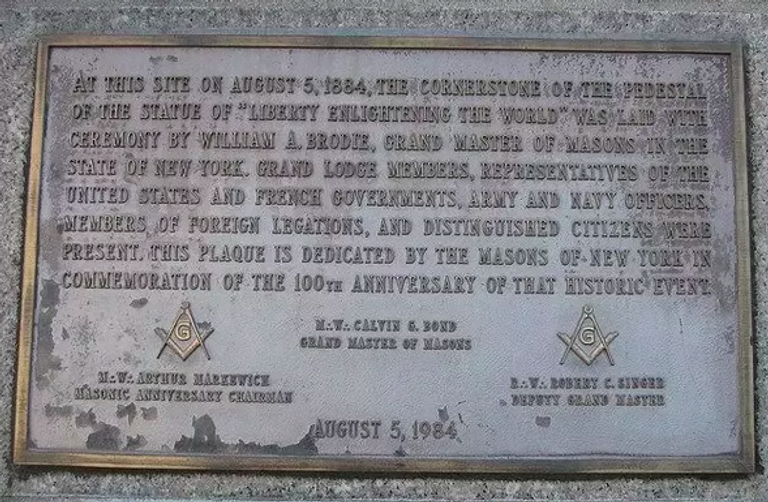
The items chosen for the cornerstone of the Statue of Liberty, which were placed in a time capsule below the cornerstone, included: a copy of the United States Constitution, George Washington’s Farewell Address; 20 bronze medals of presidents up through Chester A. Arthur (including Washington, Monroe, Jackson, Polk, Buchanan, Johnson and Garfield, who were all Freemasons), copies of New York City newspapers, a portrait of Bartholdi, a copy of ‘Poem on Liberty’ by E. R. Johnes; and a list on parchment of the Grand Lodge officers.
When the cornerstone for the Statue of Liberty was laid, elements of a traditional Masonic ceremony were observed; A Grand Master provided a few words and the cornerstone was found to be “square, level and plumb”. The Grand Master applied the mortar and had the stone lowered into place. He then struck the stone three times, and declared it duly laid. Then the elements of “consecration” were presented: corn, wine, and oil.4
The remaining pieces of Lady Liberty were finally placed and the monument was dedicated on October 28, 1886. President Grover Cleveland presided over the ceremony, and Brother Henry Potter, Episcopal Bishop of New York, gave the invocation. Brother Bartholdi pulled the tricolor French flag off the statue’s face. The main address was given by Freemason Chauncey M. Depew, who was also a United States Senator.
Freemasonry & the Statue of Liberty Today
Today, the Statue of Liberty still stands tall in New York harbor as an international symbol of democracy. The close ties between the Statue of Liberty and Freemasonry may come as a surprise to many due to the secretive nature of Freemasonry in America’s early history. Masons, at this time, took great pride in ensuring that their order stayed private and was not known to the outside world. Masons who were in the public eye, like George Washington and Ben Franklin, did not openly share their Masonic association. However, Freemasons are now encouraged to publicly embrace their affiliations, and it is important to understand and know the quiet history of Freemasonry and all that Freemasons have done to build the foundation of America.
Related Stories
Discover additional Scottish Rite blogs and news on this topic.
